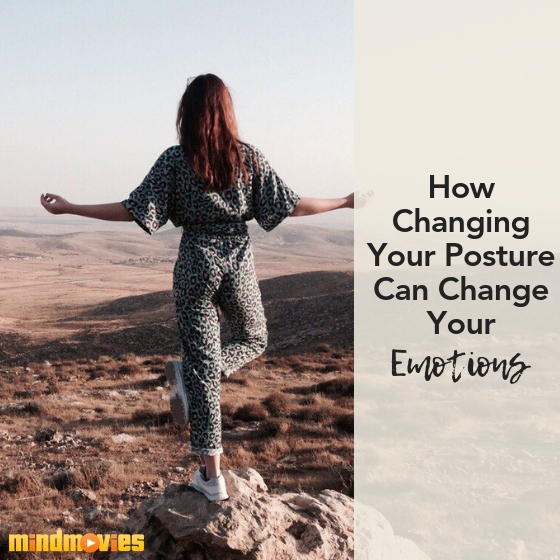On this week’s blog, we feature a close friend and seasoned meditation enthusiast, Bianca Ricoy! Enjoy :)
Regardless of whether you are a meditation beginner, or a seasoned practitioner, the following principles are the foundation for a practice that can transcend sitting on a cushion. Meditation asks us to take on a beginner’s mindset each time in order to remember that it’s not about sitting cross legged or stopping our thoughts. It’s not about becoming entirely quiet and dormant. Instead, it’s about cultivating moment-to-moment presence.
The moment we think we have figured out meditation, the moment we reserve meditation for sitting on a cushion in a quiet room, the moment we search for peace outside of ourselves - we cut ourselves off from a spiritual experience.
So even as we continually practice, we can never humble ourselves enough to take on “beginner’s mind”.
The spiritual experience is not intellectual peace or a quiet mind ; it’s the experience of peace, love and compassion that expands beyond our ability to describe it in words. It is divine peace, divine love, and divine compassion.
I was fortunate enough to meet an amazing teacher, Michel Pascal, who truly lives his practice and radically changed the way I define and experience meditation. Every time we meet, Michel reiterates that meditation will do us no good if we continue to practice outside of the stress. He often poses the question, “What is life without peace?” and calls us to truly investigate the quality of our peace.
After recognizing the modern dilemma (our inability to retreat to the Himalayas for the type of inner peace that we see recycled in Western images), Michel used his fundamental teachings of moment-to-moment presence with the concept that peace is inside of the stress . This radically changes the way we think about meditation.
Michel passes on these teachings of meditation by his Rinpoche (or spiritual guide, spiritual father), Chepa Dorje Rinpoche. Chepa Dorje was recognized as the emanation of 3 great Masters in his incarnation, as well as the last descendant of Marpa Lotsawa, the oldest and official translator of the eldest Buddhist tradition.
Neuroscience, now being researched at institutes like Harvard University, is finally catching up with this ancient wisdom, proving that meditation helps the neuroplasticity of our brains, giving us the ability to actually change our behaviors - and even our genes.
From my study with Michel and his method Meditation For Daily Stress , I’ve gathered 4 principles that can serve as a strong foundation for any meditation practice, regardless of the style (transcendental, pranayama, yoga, etc.).
Here are 4 principles that not only help you master mindfulness, but truly allow you to have a spiritual experience during your meditations:
1. Remove Expectation (Detachment)
Every experience and practice is different, and every day is different. When we attach a projection of how meditation should look or feel, or the result that we think we should get, we block ourselves from completely new and amazing experiences.
We often fall into this trap in our day-to-day lives; attempting to recreate yesterday with a routine so that we can hold on to the familiar and secure. On a neurological level, we stay trapped in the same chemical holding patterns and change can then feel physiologically impossible. Think about how tough it can be to implement a new healthy habit; whether it’s in your diet or exercise routine.
Detachment allows us to fully receive what we need in the moment. You may think you need or want something, but when you’re open and unattached, the universe has a tendency to deliver something even better.
The best intention to set is one of complete openness to the experience. If we wake up each day with this intention, we’ve actually set ourselves up for the universe to have a conversation with us. In come the synchronicities and beautiful gifts of someone’s words, or it can be as simple as now holding the capacity to have a spiritual experience by fully receiving the kindness of someone’s smile…
2. Remove Judgment (Compassion)
There is no bad meditation. Whether you truly feel at peace by the end, or you feel like you had “too many” thoughts coming in, the practice itself is rewiring your brain. The practice of extending compassion for ourselves in this way allows us to begin expanding our compassion for others.
3. Continue to show up (Discipline)
Discipline is key. Now that you know you don’t have to sit on a pillow, you can literally practice anywhere. Practice presence in your home, in conversation, at work, when you’re eating, at the grocery store. The more you incorporate meditation as a lifestyle and not something you have “to do”, the more you actually see the benefits.
4. View your sitting practice as “intense” training
When you are done with your sitting practice, recall with intention that your meditation is not actually over. You can recall the visualizations, or breathing techniques, to center you back into the present moment when you are at your desk or sitting in traffic. This allows you to be mindful in action, no matter what’s going on around you. You’ll be better equipped to handle stressful situations, or any challenges that come your way.

Bianca is Mom to Camila, a natural born healer, writer and visionary leader of peace. Having healed an autoimmune thyroid imbalance using meditation, Bianca is passionate about teaching individuals how to 'be' their meditation practice. She believes in our bodies' natural ability to heal and the immense power of a fine-tuned mind. Bianca is a highly - intuitive guide for anyone on the journey of Conscious Parenting or Empowered Body Healing. You can read more about Bianca over on her website at www.sacredwomban.com








